How Can An Old Condo Be A Better Investment?
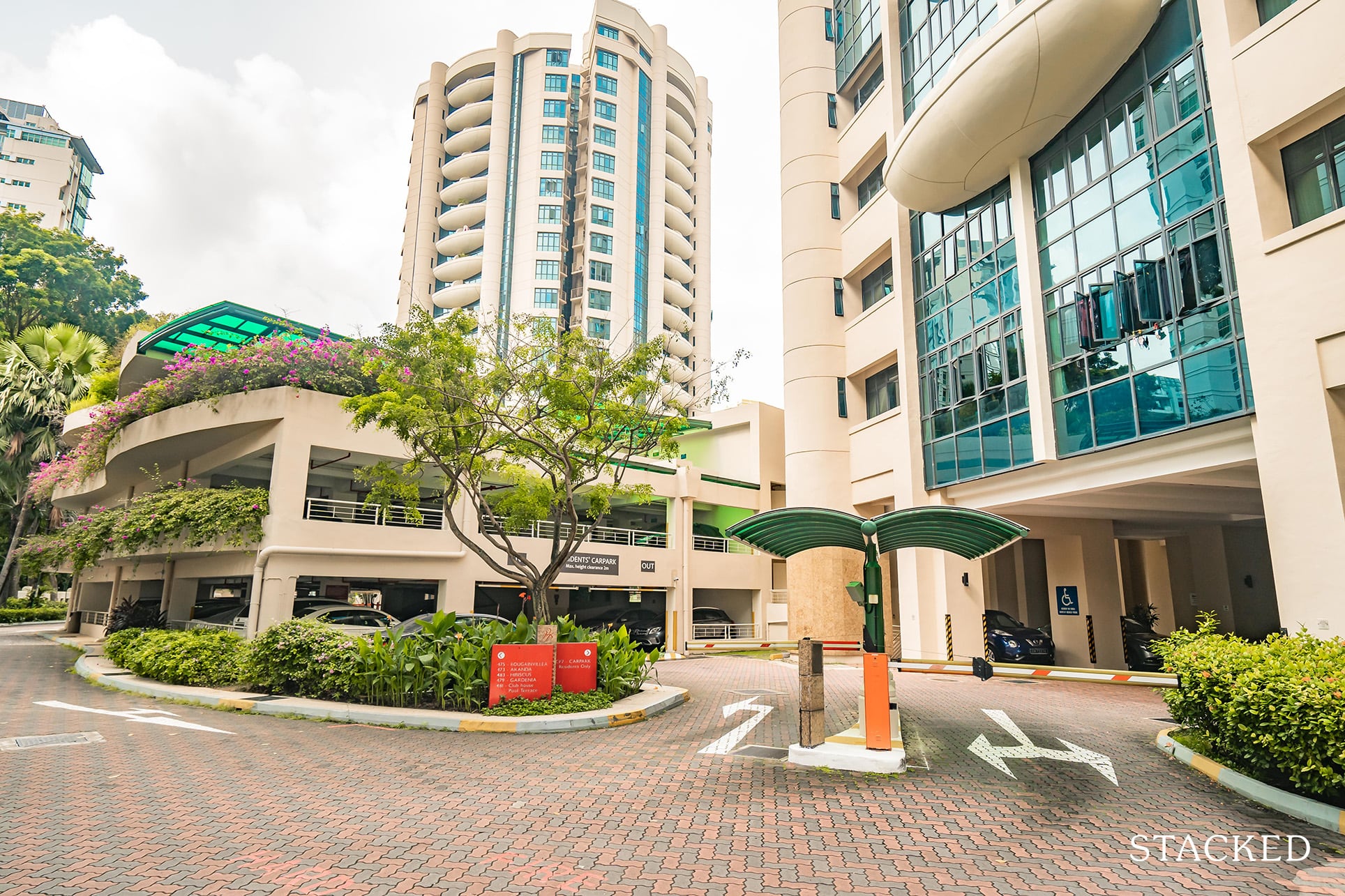
Get The Property Insights Serious Buyers Read First: Join 50,000+ readers who rely on our weekly breakdowns of Singapore’s property market.
A seasoned content strategist with over 17 years in the real estate and financial journalism sectors, Ryan has built a reputation for transforming complex industry jargon into accessible knowledge. With a track record of writing and editing for leading financial platforms and publications, Ryan's expertise has been recognised across various media outlets. His role as a former content editor for 99.co and a co-host for CNA 938's Open House programme underscores his commitment to providing valuable insights into the property market.
“Lease decay” is the buzzword that never seems to go away. On the HDB end of things, it leads to constant complaints that you “don’t really own your flat”. In Singapore’s private property market, it leads to comments like “99-year lease and so old? You may as well buy HDB”.
And yet, even a brief glance at URA records will reveal there are buyers; there’s interest even in condos dating back to the ‘70s and ‘80s. Perhaps more surprisingly, some of the buyers aren’t’ always owner-occupiers. This leads to the question of why: what investment value is there, in older condos?
Older condos are probably not as “dead” as many of us imagine
The way internet ads / sales pitches explain lease decay, you may be given the impression older condos start declining fast at 40 years of age. In reality, this is what prices look like for leasehold developments completed before 1980:
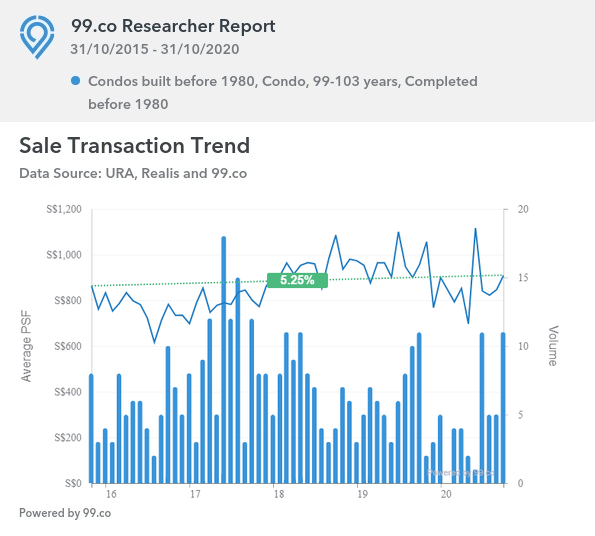
Some of the condos completed before 1980 include developments such as People’s Park Complex, Neptune Court, Laguna Park, etc., which are still valued for their location.
There’s no longer huge appreciation in prices, as you’d expect; but they still managed to rise from an average of $761 psf in 2015, versus $908 psf today.
What about the difference between freehold and leasehold for older condos?
We’ve had a lengthier discussion about leasehold versus freehold; however, here’s how the two compare (for developments completed before 1980):
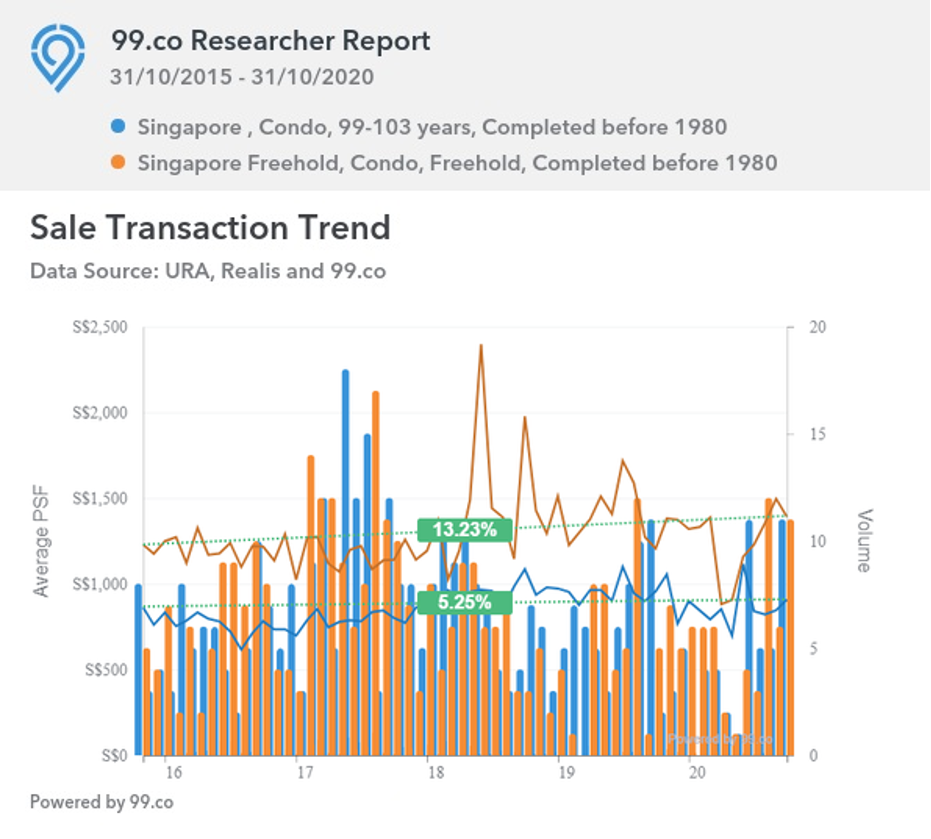
Unsurprisingly, freehold properties outperform their leasehold counterparts as age sets in. Freehold condos completed before 1980 continue to average $1,391 psf, whereas their leasehold counterparts average $908 psf.
In either case, gains are not spectacular; why would investors be interested?
We’ll leave out the obvious, that older condos tend to be cheaper, and are hence more affordable; especially in light of a higher Additional Buyers Stamp Duty (ABSD).
Besides that, investors may still see value in older condos because:
- They could have higher rentability
- Rental yields tend to be on the high side
- Freehold condos mitigate some of the worst aspects of age
- They can seize on recent upgrades to the area
- They believe an en-bloc sale is a good possibility
1. They could have higher rentability
Some of these older condos may look run-down, but there’s no end of willing tenants. Ideally, they combine a central location, with a rental rate slightly lower than that of surrounding new properties.
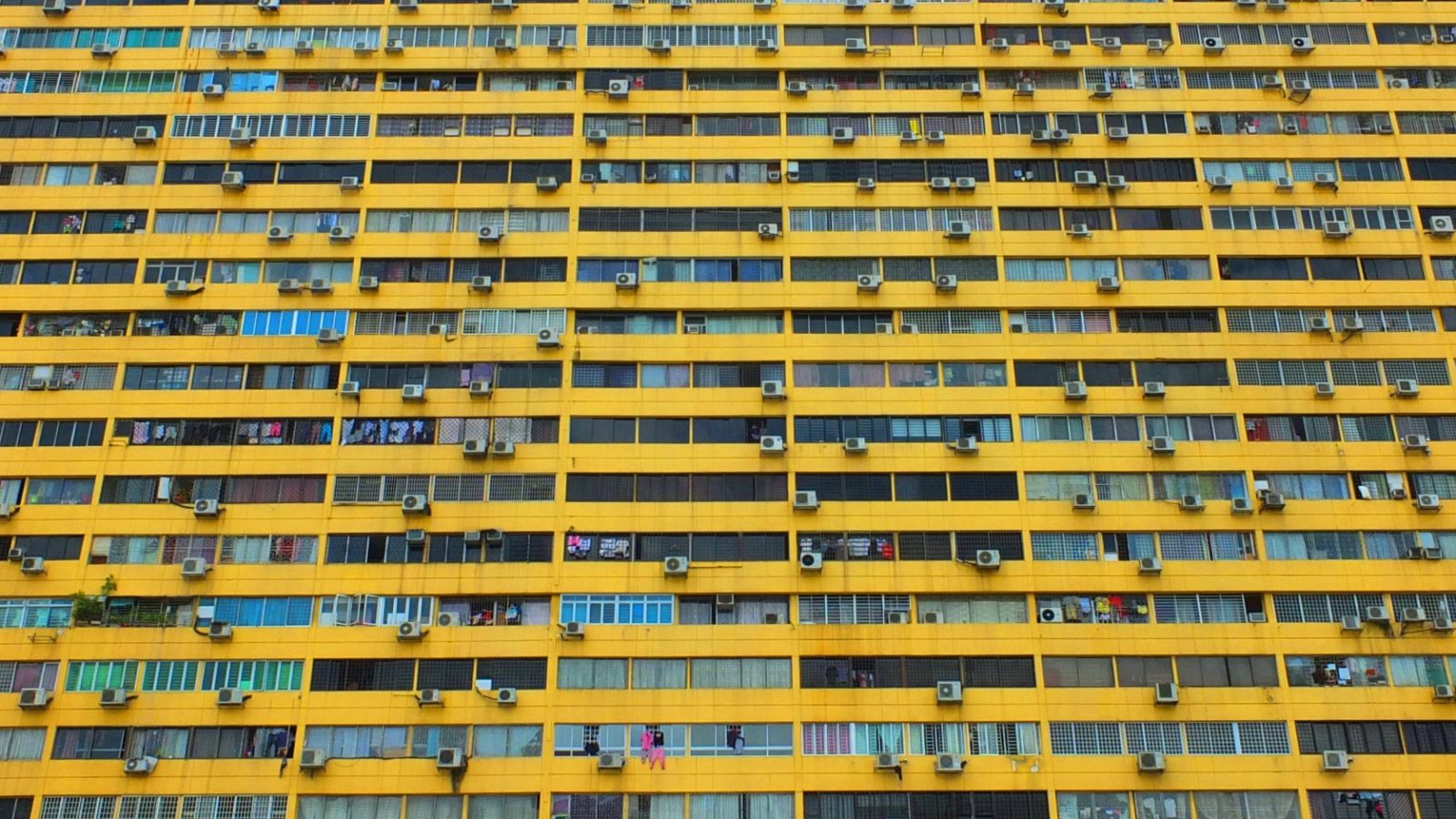
For example, People’s Park Complex is a two-minute walk to the Chinatown MRT station, with an average rental rate of just $3.22 psf. Peace Mansions is under 10 minutes’ walk to Dhoby Ghaut MRT station, and about as far from Plaza Singapura mall; average rental is just $1.60 psf.
Even without extensive new facilities, these older developments tend to be the only “cheap” options for staying in central areas. As such, there’s usually a good line of waiting tenants.
Note that this means higher rentability, not necessarily higher rental income; the units are quicker and easier to rent out, but rental income does tend to be a bit lower due to age. However, some investors will accept that, in return for having almost zero vacancies.
2. Rental yields tend to be on the high side
Older developments tend to cost less, but rental income is not always equally affected. In general, tenants don’t care about the remaining lease so long as the development is well maintained.
In effect, older condos mean you could pay a lower quantum, while retaining more or less the same rental income. The best-known example is People’s Park Complex (opened in 1973), which consistently tops the charts for rental yield.
Here are two of the recent transactions at People’s Park Complex, both in 2020 (all data from Square Foot Research):
| Date | Unit Size | Initial Price (PSF) | Sale Price (PSF) | Annualised Return |
| 3 Apr 2020 | 1,119 sq. ft. | $329 | $794 | 6.6% |
| 23 Jan 2020 | 409 sq. ft. | $1,100 | $1,100 | 0.7% |
At the same time, these are the five most recent leases in 2020:
| Date | Unit Size | Rental Per Month | Est. Rental PSF |
| Oct 2020 | 400 – 500 sq. ft. | $1,700 | $3.80 |
| Oct 2020 | 400 – 500 sq. ft. | $1,750 | $3.90 |
| Oct 2020 | 400 – 500 sq. ft. | $1,800 | $4 |
| Oct 2020 | 400 – 500 sq. ft. | $1,600 | $3.60 |
| Oct 2020 | 400 – 500 sq. ft. | $1,850 | $41.0 |
The average monthly rent for a 400-500 sq. ft. unit (for the past six months) is $1,643, while the average quantum for such a unit is $466,500. The estimated average rental yield is 4.2 per cent, as compared to an average of two to three per cent for most condos today.
3. Freehold condos mitigate some of the worst aspects of age
Investors tend to be more confident about buying older condos, when lease decay is not in the picture. As we’ve shown above, freehold condos are expected to show appreciation even 30 or 40 years down the road; they’re also theorised to be better for en-bloc gains.
More from Stacked
Is The Best Time To Sell Your New Launch Condo Before Or After Completion? Here’s What The Data Says
There has been considerable interest in determining the optimal time to sell your new launch condo, particularly as the supply…
Perhaps the most important factor here is financing: with leasehold condos, banks typically don’t provide loans when there are 30 years or less on the lease. The maximum loan quantum may also be reduced, for condos with 40 years or fewer on the lease.

This means freehold condos still have resale prospects at such an advanced age, whereas leasehold condos typically don’t.
As such, some investors may see older freehold condos as an ideal asset: they pay a lower price, can potentially get higher rental yield, and can still sell the unit later on. Mind you, this makes a lot of assumptions – such as the condo still being a good state of repair, after so many decades.

Property Investment InsightsFreehold vs Leasehold: 3 Tests To Determine Which Is Better (Part 2)
by Sean Goh4. They can seize on recent upgrades to the area
The most common example of this is an MRT station appearing nearby. Investors are quick to seize on older condos with a lower quantum, that happen to be near these amenities.
Some recent interest has fallen on Spottiswoode Park (completion date is unknown, but lease is 92 years from 1989). This ageing development is across the road from the planned Cantonment MRT station, coming up in 2025. Another is Bayshore Park (completed 1986), which is just down the road from Bayshore MRT station, upcoming in 2023.
It doesn’t take much to realise that “low price + nearby MRT station” is a good recipe for rental yields, or en-bloc prospects.
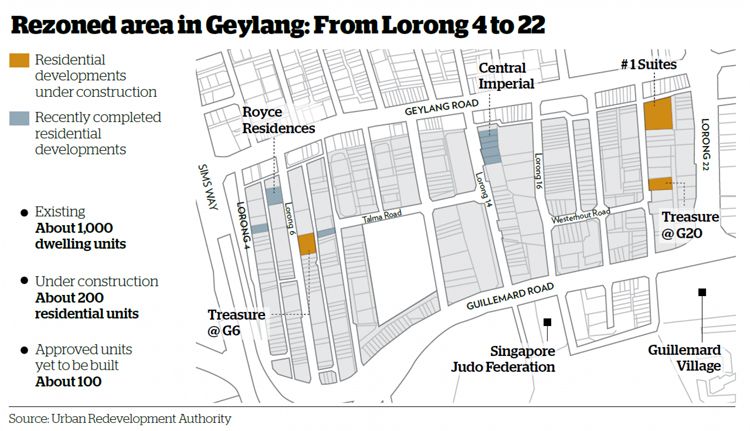
Rezoning can also have an impact on the area. In 2015, for instance, the area between Geylang Lorong 4 and Lorong 22 was re-zoned to prevent further residential development. This helped to support condo prices in the area, by reducing the available supply. Moves like this can also draw investor attention to older condos in the area.
While gentrification can raise the value of older properties – such as in Tiong Bahru and the Joo Chiat stretch – there’s no way to predict this will happen. As such, we can’t claim investors are drawn to old properties because they have a crystal ball for this; if any do, they haven’t revealed their method.
5. They believe than an en-bloc sale is a good possibility
This is purely speculative, and you should never rely on an en-bloc sale happening. Even if developers are interested, you may not secure the majority needed to push the sale through.
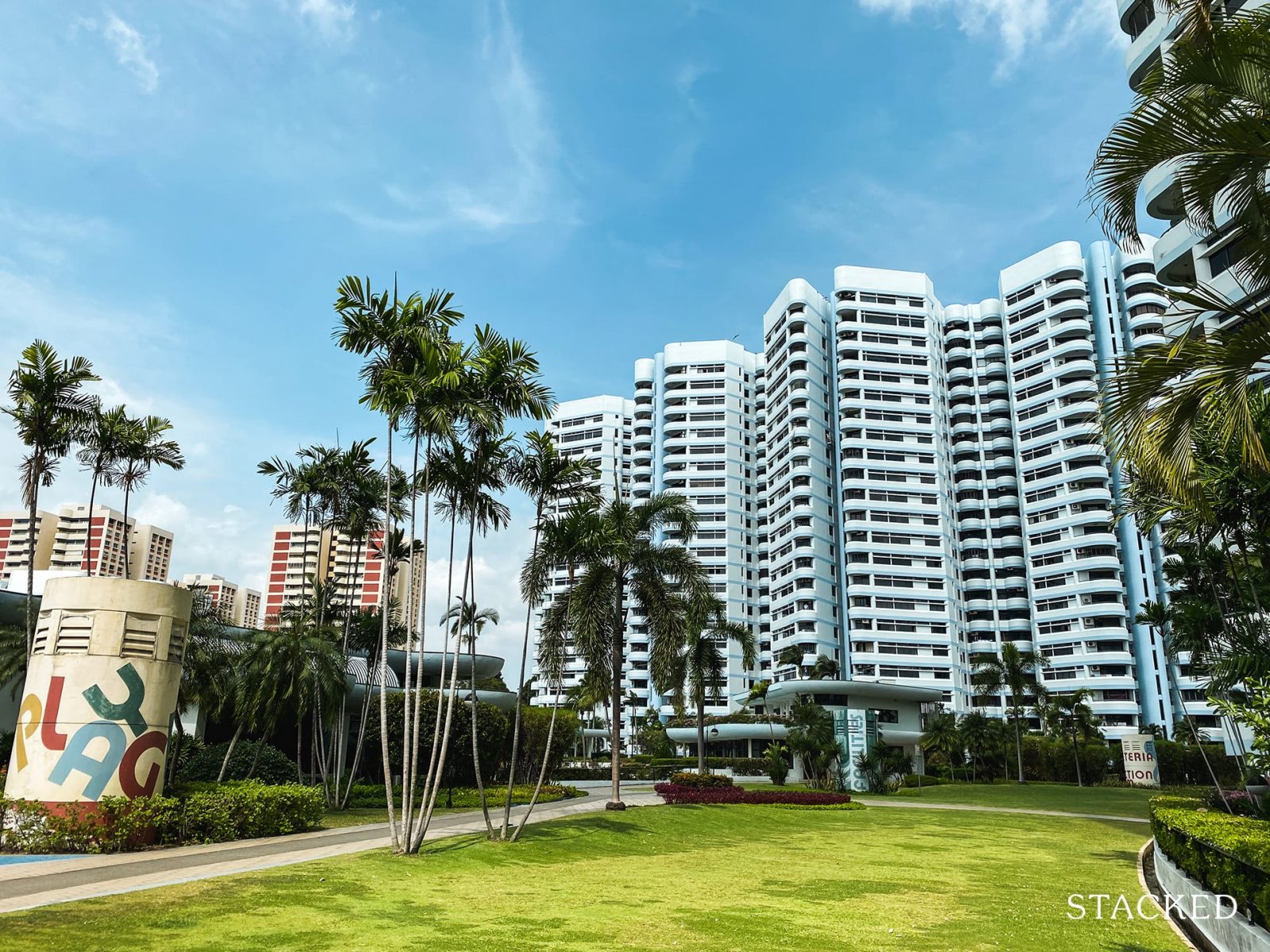
Nonetheless, some investors may feel that condos near upcoming MRT stations, new malls, etc. are good prospects for an en-bloc sale. If so, the amount they pay for an older unit could be a bargain.
It’s hard to recommend this degree of speculation, but it does happen.
PS: Some investors like to buy old condos in which there have been repeated, near-successful en-bloc attempts.
Note that if you buy a condo and it goes en-bloc within the first three years, you’re still liable to pay the Sellers Stamp Duty (SSD). This is 12 per cent of the sale proceeds in the first year, eight per cent in the second year, and four per cent in the third year. Mis-timing your purchase can be an expensive mistake.
Does all this make older condos a better investment?
To summarise, a certain number of traits need to align to make older condos an investment-worthy property:
- A location good enough to make up for its age; ideally in a central location or close to an MRT station
- It has to be in a good-enough state of repair, even if it’s freehold
- It’s ideally freehold
- There are coming changes in the location, which you can capitalise on by getting an older property there for cheap
Some older condos can be a viable investment as compared to a shiny new-launch, or an Executive Condominium (EC) that only just reached its Minimum Occupation Period; but it’s not for everyone.
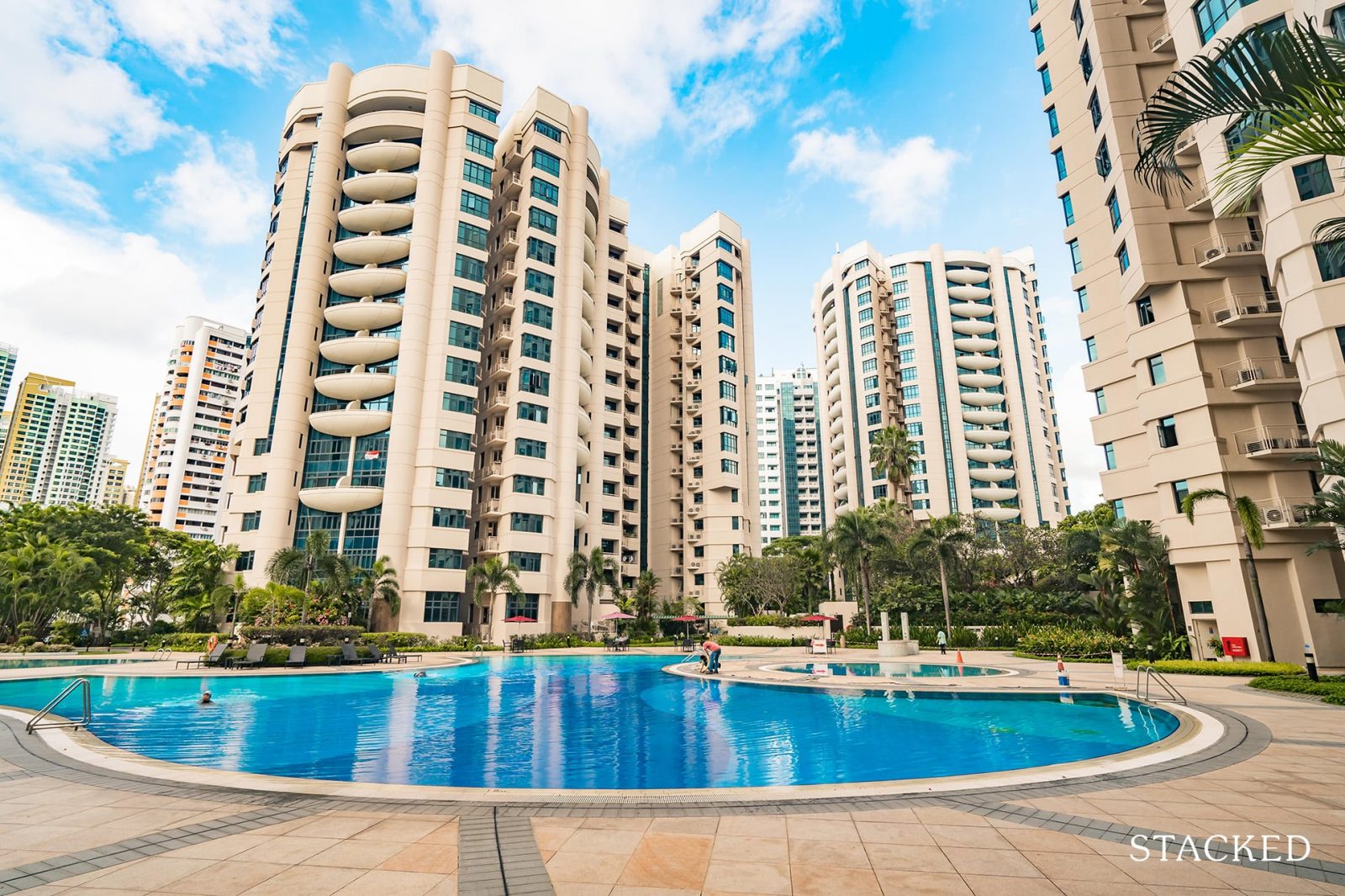
In general, buying older condos is a risky proposition for new investors
It’s a viable strategy for more seasoned – and well-capitalised – property investors. Remember that old leasehold condos are not easily sold; so if things don’t work out as planned; you’ll find a hard time looking for buyers to offload a 40+ year old condo.
This goes double for leasehold properties.
It also requires experience, to know whether an older, more-run down property can still attract tenants; along with the likely renovation costs and higher potential maintenance.
However, it’s also a good reminder to keep an open mind: not every property is at a dead-end just because it’s getting older. If you do happen to get your hands on one – such as through an inheritance – work out the numbers before rushing to offload it. It may pay off better than it looks on the outside.
For reviews of new launches and old condos alike, follow us on Stacked Homes. We can provide you with in-depth reviews of the properties in question. Or if you’re thinking of buying an old condo, drop us a message on Facebook; we can give you a more specific analysis of its prospects.
If you’d like to get in touch for a more in-depth consultation, you can do so here.
Ryan J. Ong
A seasoned content strategist with over 17 years in the real estate and financial journalism sectors, Ryan has built a reputation for transforming complex industry jargon into accessible knowledge. With a track record of writing and editing for leading financial platforms and publications, Ryan's expertise has been recognised across various media outlets. His role as a former content editor for 99.co and a co-host for CNA 938's Open House programme underscores his commitment to providing valuable insights into the property market.Read next from Property Investment Insights

Property Investment Insights How A Once “Ulu” Condo Launched In 1997 Became A Top Performer

Property Investment Insights This 698-Unit Ang Mo Kio Condo Launched At The Wrong Time — And Still Outperformed Peers

Property Investment Insights These Resale Condos In Singapore Were The Top Performers In 2025 — And Not All Were Obvious Winners

Property Investment Insights How A 944-Unit Mega-Condo In Pasir Ris Ended Up Beating The Market
Latest Posts

On The Market Here Are The Cheapest 4-Room HDB Flats in Central Singapore You Can Still Buy From $490K

Editor's Pick Should We Buy An Old 99-Year Leasehold Condo To Live In: Will It’s Value Fall When The Lease Runs Out?

Editor's Pick I Reviewed A New Launch 4-Bedroom Penthouse At Beauty World

Property Market Commentary When Renting In Singapore Is The Smarter Move — And Buying Can Wait

Editor's Pick Why Singaporean Families Are Looking At This Landed Enclave From Around $4M

Singapore Property News Lentor’s First Condo Is Complete — The Early Profits May Surprise You

Editor's Pick A Wave Of New HDB Resale Supply Is Coming In 2026: Here’s Where To Find Them

Property Advice We Own A $800K 1-Bedder And A $1.1M 3-Bedder: Is It Possible To Upgrade To A 4-Bedder Condo?

On The Market These Are Some Of The Cheapest 5-Room HDB Flats Left In Central Singapore

Singapore Property News $281.2M in Singapore Shophouse Deals in 2H2025 — But That Number Doesn’t Tell the Full Story

Property Market Commentary 5 Key Features Buyers Should Expect in 2026 New Launch Condos

Editor's Pick What “Lucky” Singaporean Homebuyers Used To Get Away With — That You Can’t Today

Singapore Property News CapitaLand–UOL’s $1.5 Billion Hougang Central Bid May Put Future Prices Above $2,500 PSF

Singapore Property News Why New Condo Sales Fell 87% In November (And Why It’s Not a Red Flag)
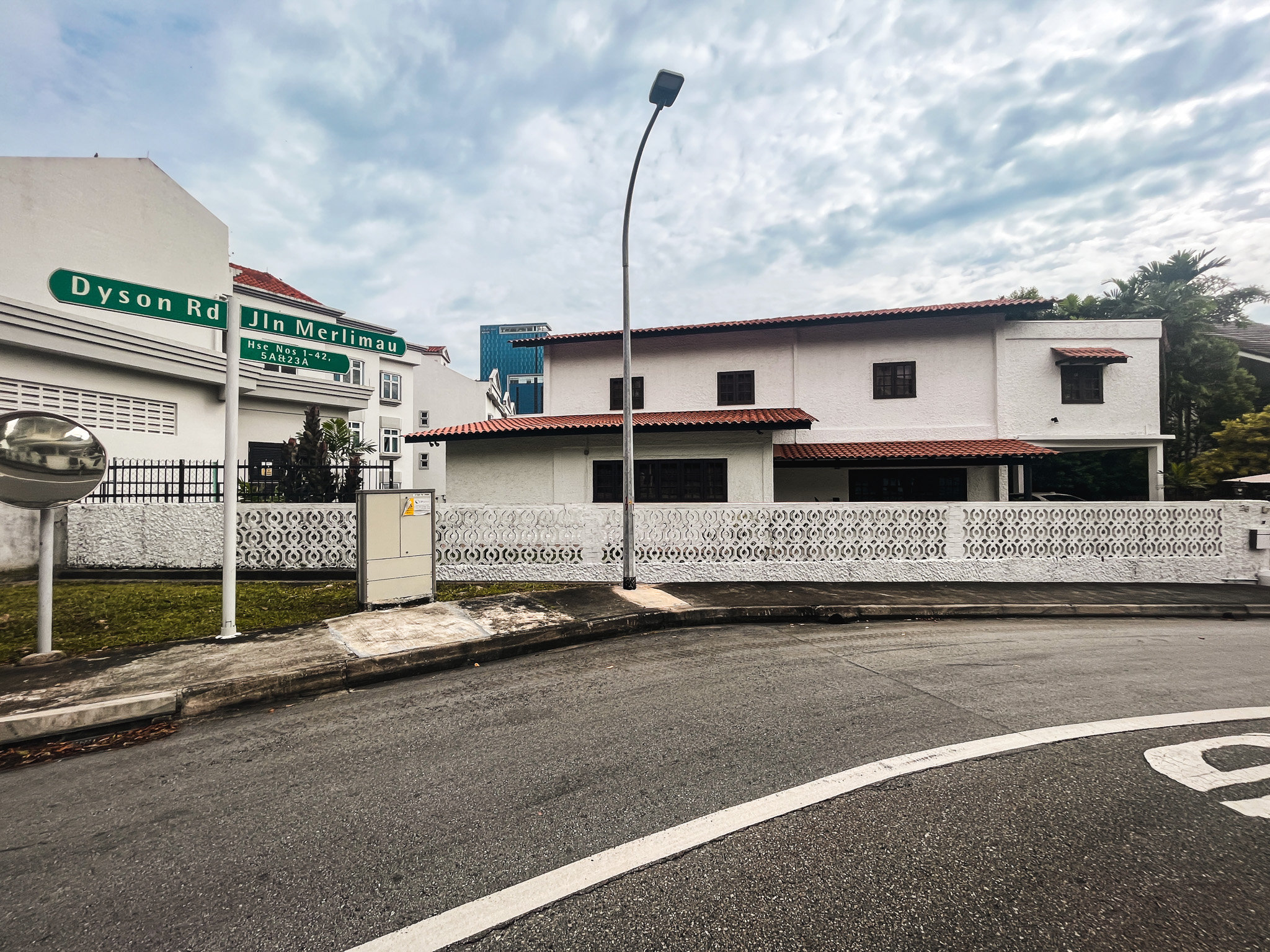
Editor's Pick We Toured A Quiet Freehold Landed Area Near Reputable Schools — Where Owners Rarely Sell


